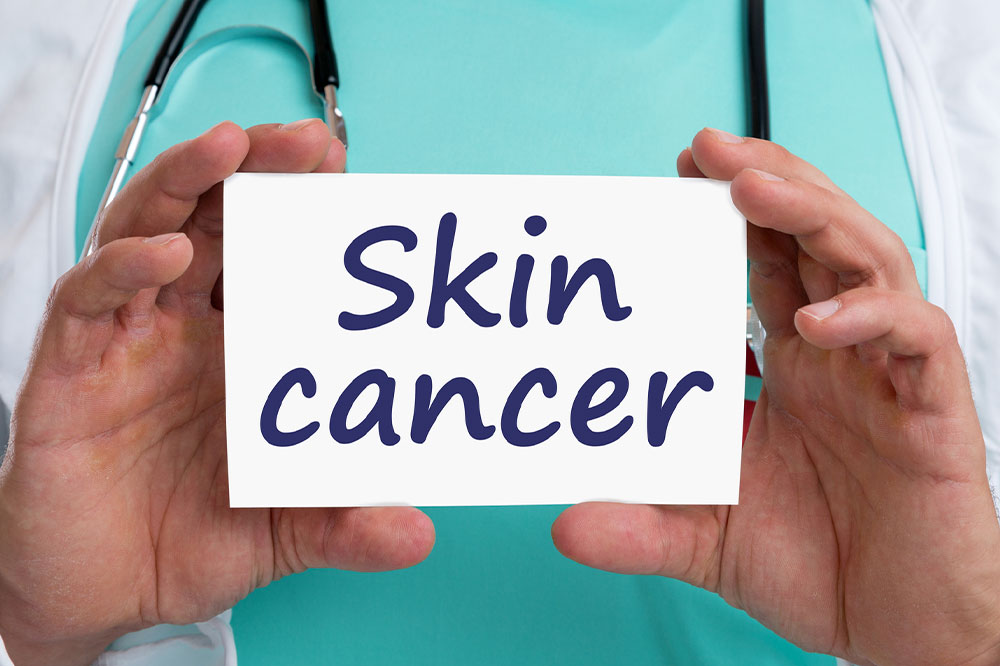Comprehensive Guide to the Top 6 Risk Factors for Melanoma Development
Discover the top 6 risk factors for melanoma and learn how to protect yourself. This comprehensive guide covers skin pigmentation, geographic influences, mole vigilance, immunity, genetics, and sun exposure habits, offering vital insights to reduce your skin cancer risk. Stay informed and take proactive steps for skin health and early detection.

Understanding the 6 Major Risk Factors for Melanoma
Melanoma, although less common than other skin cancers, is notably responsible for the majority of skin cancer-related fatalities worldwide. As the most dangerous form of skin cancer, it requires early detection and preventive measures to reduce risk. According to data from the American Cancer Society, approximately 87,000 new melanoma cases are diagnosed each year in the United States alone, and this number continues to grow annually. Recognizing the risk factors involved can help individuals take proactive steps to protect their skin health and reduce their chances of developing this potentially lethal disease.
Various factors contribute to an individual's susceptibility to melanoma. These include genetic predispositions, environmental exposures, physical traits, and lifestyle choices. Understanding these can guide personal health decisions and sort-out who might be at increased risk. Here, we delve into the six primary risk factors associated with melanoma development, providing detailed insights into each.
1. Skin, Hair, and Eye Pigmentation
One of the most significant biological factors influencing melanoma risk is pigmentation. Fair-skinned individuals are at a higher risk due to lower melanin levels, which offer less natural protection against ultraviolet (UV) radiation from the sun. People with red or blonde hair, blue or green eyes, and numerous freckles tend to have lighter skin that is more susceptible to sunburns—an important precursor to melanoma development.
Lower melanin concentrations in lighter skin types do not provide sufficient defense against the damaging effects of UV rays. Therefore, these individuals must be particularly vigilant about sun safety. Even those with darker features, such as brown or black hair and darker eyes, are not exempt from risk, since UV exposure can harm all skin types. Proper skin protection, including using broad-spectrum sunscreen, wearing protective clothing, and avoiding peak sun hours, is essential for everyone regardless of physical traits.
2. Geographical Location and Sun Exposure
The geographical location where a person lives significantly influences their risk for melanoma. Regions near the equator, such as Australia, New Zealand, parts of South America, and Southeast Asia, experience higher levels of UV radiation. Australians, in particular, have one of the highest rates of skin cancer globally, attributable to intense sunlight and outdoor lifestyle habits.
Reduced ozone layer protection and the intensity of UV radiation intensify the risk in these areas. People living in northern latitudes are generally exposed to less UV energy, but outdoor activities, travel, and seasonal variations can still pose risks. Urban and indoor lifestyles can provide some protection, but indiscriminate sun exposure remains dangerous, especially during outdoor activities or vacations in sunny locales.
3. Presence of Atypical or Numerous Moles
Having numerous moles or atypical (dysplastic) moles can dramatically increase melanoma risk. Atypical moles are irregular in shape, color, or size and can sometimes resemble melanoma, making monitoring essential. Individuals with more than 50 moles are considered at a heightened risk, and certain large or unusually shaped moles warrant closer examination.
While most moles are benign, changes in their appearance—such as asymmetry, border irregularity, color variation, diameter enlargement, or evolving features—should prompt medical consultation. Regular skin checks, both self-examinations and professional dermatological screenings, are vital for early detection in individuals with many or atypical moles.
4. Immune System Health and Suppression
A weakened immune system compromises the body’s ability to detect and destroy abnormal skin cells, elevating melanoma risk. This vulnerability can be due to medical conditions like HIV, immunosuppressive medications used post-organ transplant, or treatments such as chemotherapy and radiation therapy.
The Canadian Cancer Society highlights that individuals with compromised immunity should be particularly cautious. They need to adopt rigorous sun protection strategies and undergo regular skin examinations to catch any suspicious changes early. A proactive approach is vital for these at-risk groups, as their immune suppression creates an environment conducive to cancer development.
5. Genetic Predisposition and Family History
Genetics play a significant role in melanoma susceptibility. Mutations such as CDKN2A are linked to familial melanoma syndromes. If there is a history of melanoma in close relatives—parents, siblings, or grandparents—the risk increases considerably. Studies indicate that approximately 25% of melanoma cases are associated with inherited genetic changes.
Individuals with a family history should be especially vigilant, practicing rigorous sun protection and seeking regular dermatology assessments. Advances in genetic testing can help identify inherited risks, enabling personalized preventive strategies. Understanding family genetics can also motivate lifestyle modifications to reduce environmental risk factors.
6. Sun Exposure and Tanning Practices
Intensive and frequent exposure to UV radiation, whether through direct sunlight or artificial sources like tanning beds, is among the most avoidable risk factors for melanoma. Tanning, both outdoor and indoor, accelerates skin damage and increases the likelihood of malignant transformation of skin cells.
The Mayo Clinic emphasizes that unprotected sun exposure during peak UV hours (typically 10 a.m. to 4 p.m.) dramatically elevates melanoma risk. Tanning beds, which emit concentrated UV rays, should be avoided entirely, as they are just as harmful—if not more—than natural sunlight. Implementing protective measures such as seeking shade, wearing protective clothing, and regularly applying sunscreen are crucial steps to minimize risk.
Conclusion
Understanding the primary risk factors for melanoma is essential for effective prevention and early detection. While some factors like genetics and skin pigmentation are beyond control, lifestyle choices such as sun exposure and tanning habits can significantly influence risk levels. Public health initiatives should focus on education about safe sun practices, regular skin screenings, and genetic counseling for high-risk groups. By staying informed and proactive, individuals can markedly reduce their chances of developing this serious form of skin cancer.
Early detection remains the most effective strategy in combating melanoma mortality. Recognizing the danger signs and maintaining vigilant skin health can save lives. Remember, taking protective measures today can prevent serious health consequences tomorrow.





